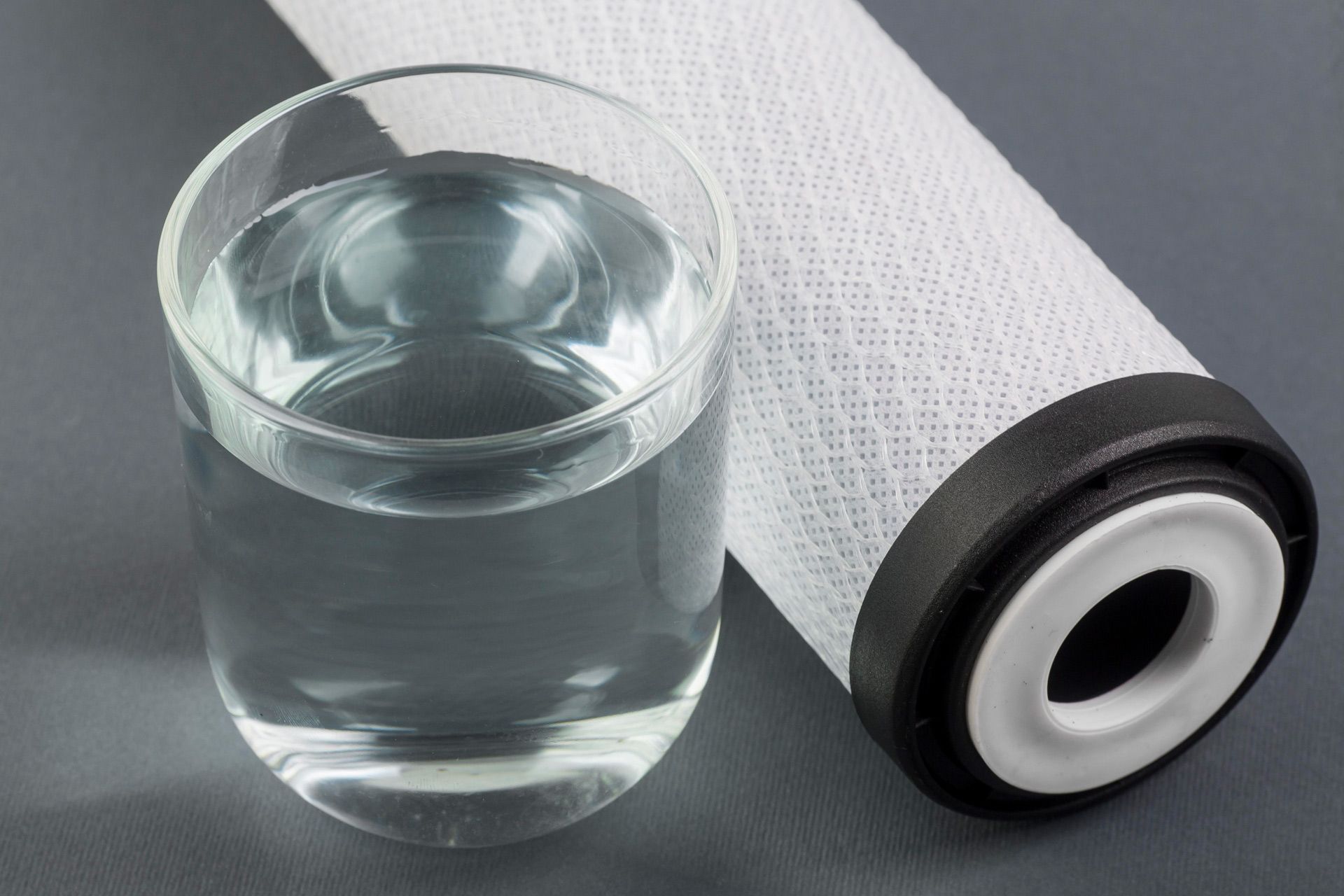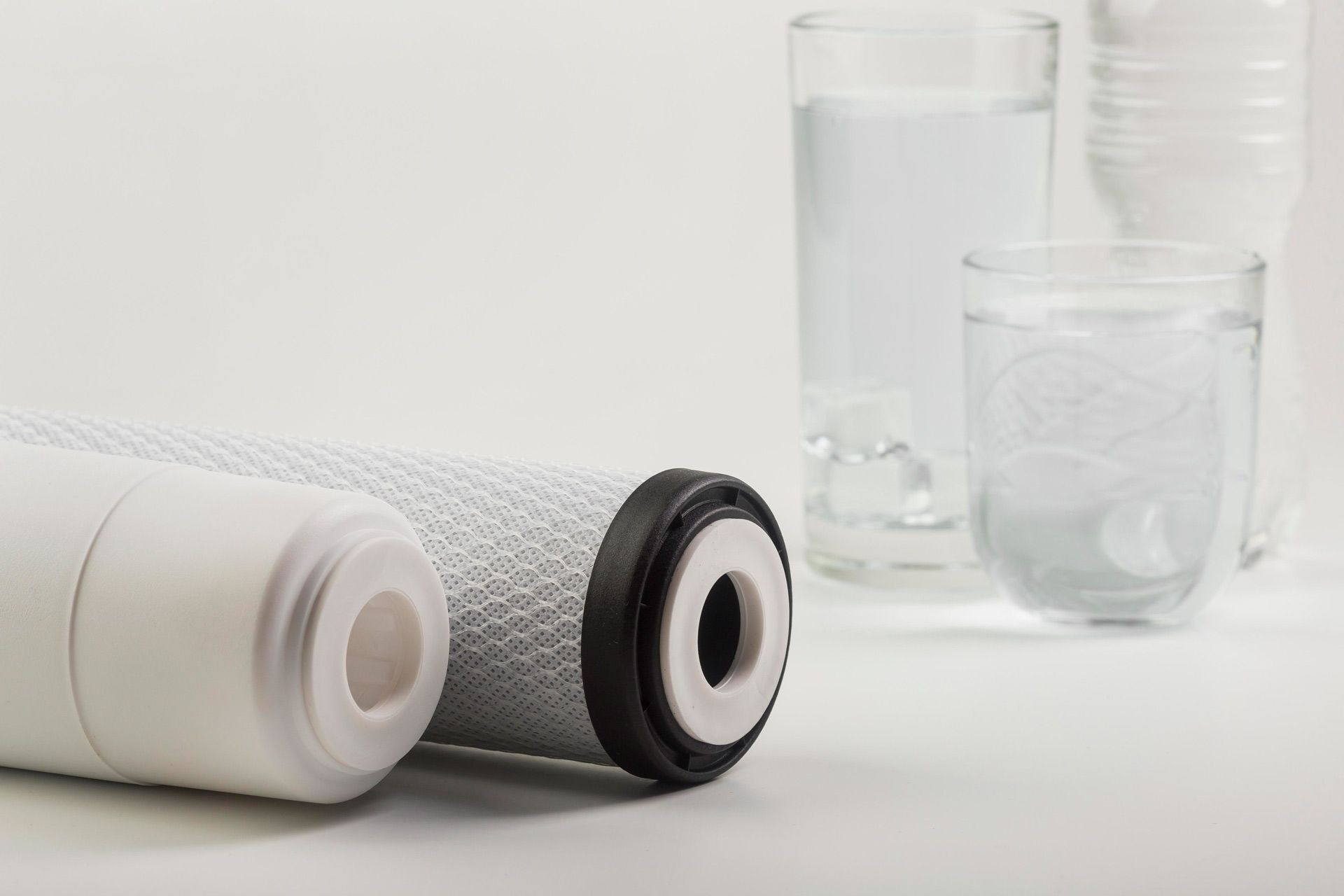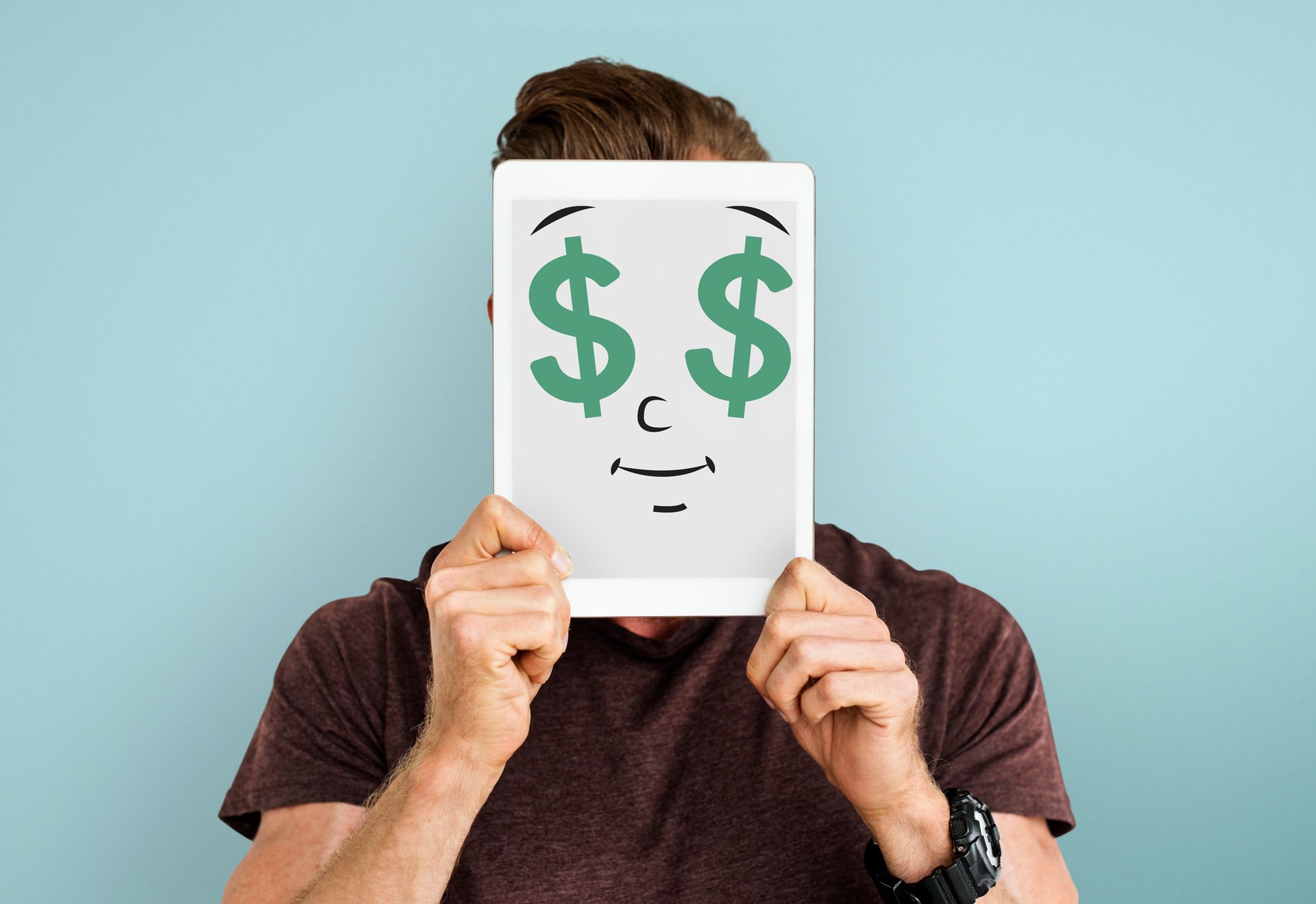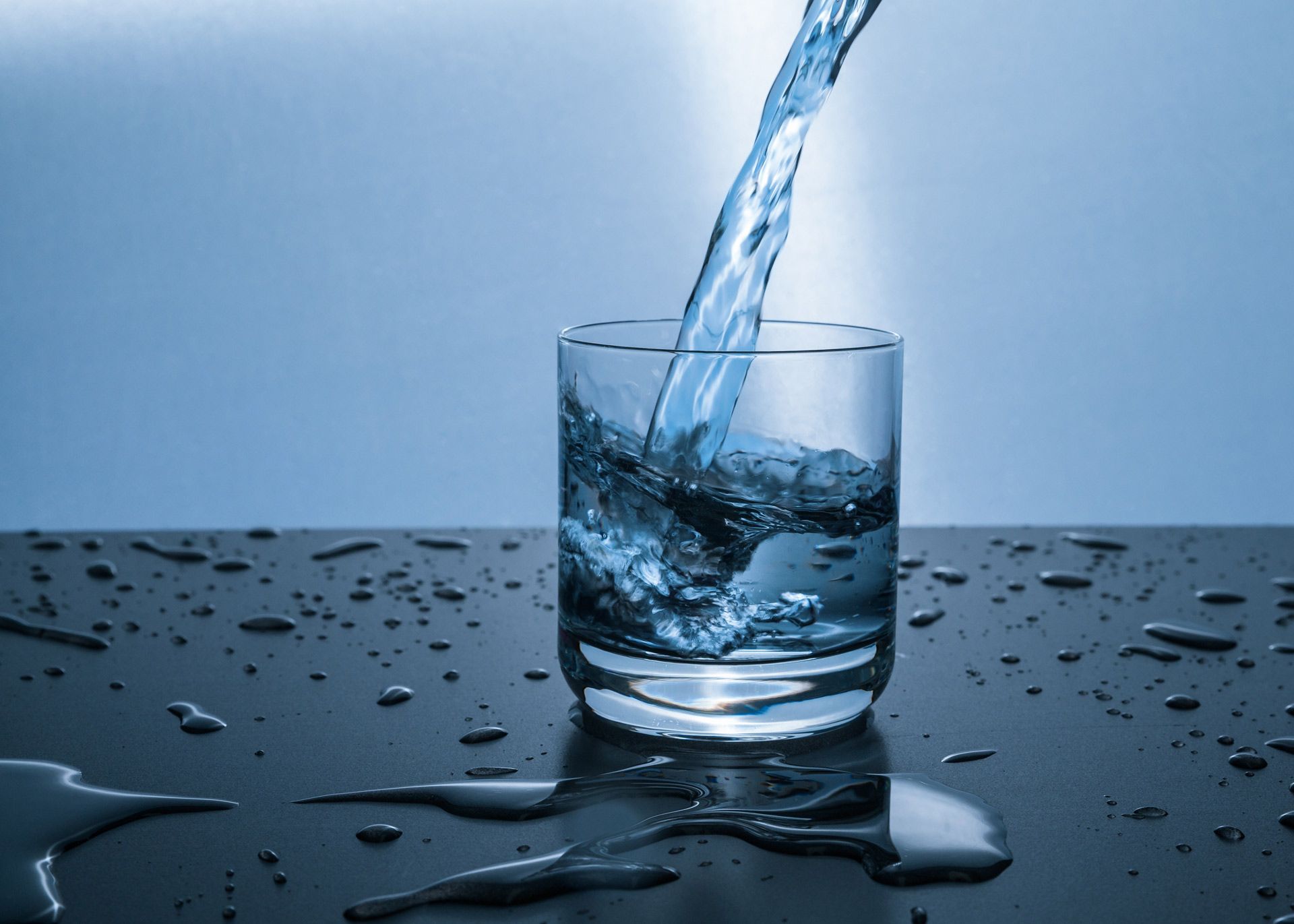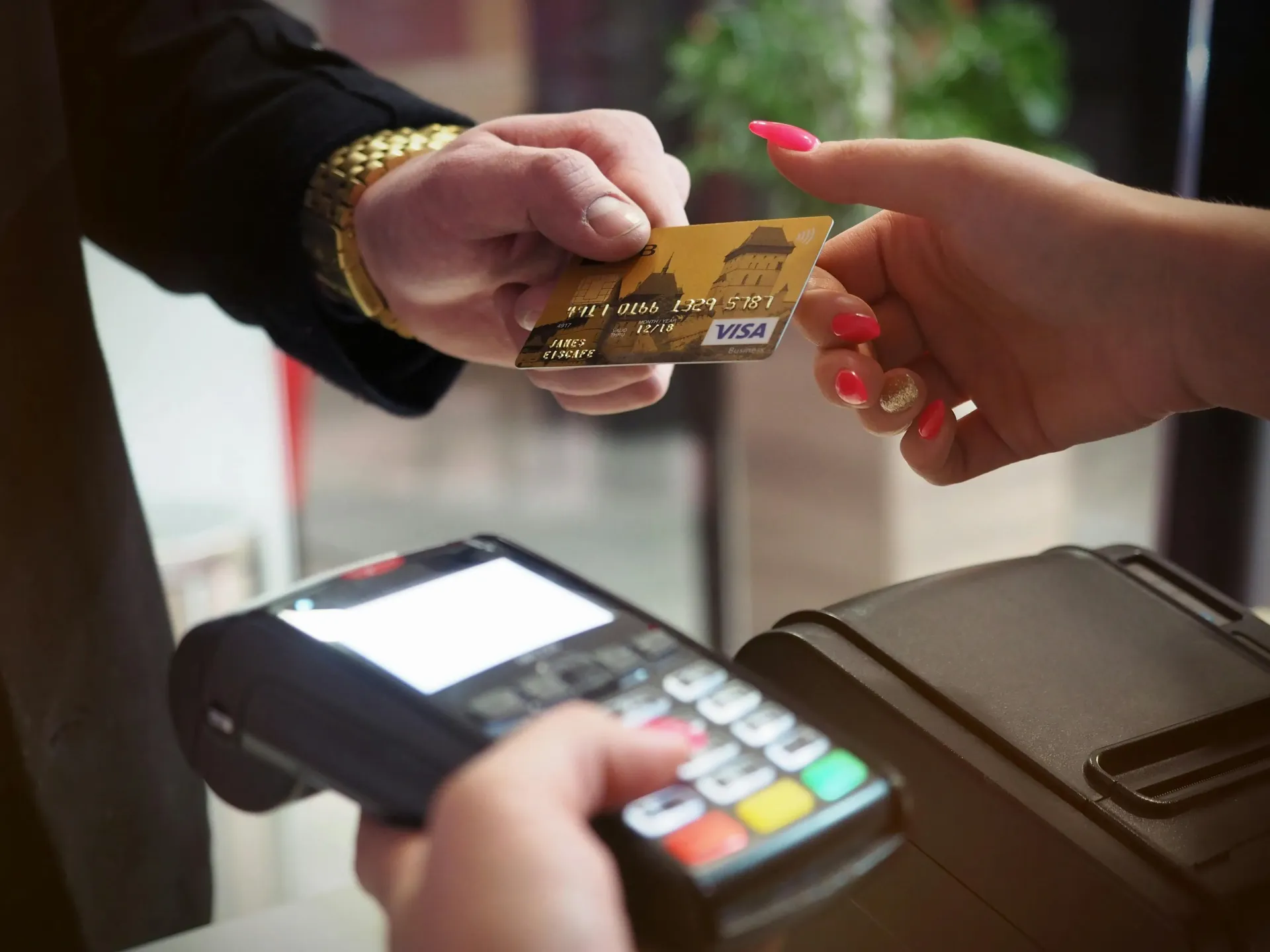What’s in Your Tap Water in Central Indiana: A Deep Dive into Common Contaminants
September 15, 2025
Introduction
When you pour a glass of water from your kitchen tap, you expect it to be safe, clean, and refreshing. But water in Central Indiana doesn’t always meet that expectation. Some contaminants are visible — like rusty stains in sinks or cloudy glasses — while others are invisible, leaving homeowners unaware of what they’re really drinking.
In this article, we’ll break down the most common contaminants found in Central Indiana’s tap water, explain where they come from, explore the risks they pose, and share how to protect your home and family with proper testing and treatment.
Common Contaminants in Central Indiana Tap Water
Here are the most common substances that show up in local tap water:
Chlorine and Disinfection Byproducts
Municipal water systems often add chlorine to kill bacteria. While effective, chlorine can leave an unpleasant taste and odor. Long-term exposure to disinfection byproducts (like trihalomethanes) is also a concern.
Hardness Minerals (Calcium and Magnesium)
Hard water is widespread in Central Indiana. It leaves scale on faucets, makes soap less effective, and shortens appliance life. Though not a health risk, it impacts comfort and costs.
Iron and Manganese
Well water and some city supplies contain these minerals. They can stain fixtures, discolor laundry, and give water a metallic taste.
Lead and Copper
Older plumbing systems may leach lead or copper into drinking water. Even small amounts of lead are unsafe, especially for children.
Nitrates from Agriculture Runoff
Rural and suburban areas often see nitrates from fertilizer or livestock runoff. High levels are dangerous, especially for infants.
PFAS (“Forever Chemicals”)
Increasingly detected across the Midwest, PFAS are man-made chemicals from industrial and consumer products. They persist in water and may cause health risks over time.
Microorganisms (Bacteria, Viruses, Parasites)
While municipal water is disinfected, well water is at risk of bacterial contamination. Boil advisories sometimes occur in rural systems after storms or floods.
How to Know What’s in Your Tap Water
If you’re unsure what’s in your water, here are steps to take:
- Check Your Annual Water Quality Report
Municipal suppliers are required to publish reports listing contaminant levels. These are useful but may not show conditions in your own pipes. - Test Your Water at Home
Store-bought kits can test for hardness, chlorine, and some contaminants, but results are limited. - Get a Professional Water Test
A local water treatment company can test for a broader range of contaminants (hardness, iron, lead, nitrates, PFAS, bacteria) and provide precise results. - Match Solutions to Problems
Once you know what’s in your water, you can choose the right solution — whether that’s a water softener, whole-house filter, reverse osmosis system, or disinfection.
FAQs
Is tap water in Central Indiana safe to drink?
Municipal water meets federal safety standards, but “safe” doesn’t always mean pleasant or free from issues. Some contaminants are allowed at low levels but may still affect taste, health, or your home.
Do water filters really remove contaminants?
Yes, but not all filters are created equal. A pitcher filter may reduce chlorine, but a whole-house system or reverse osmosis unit can target a much wider range of contaminants.
How do I know if I have lead in my water?
Lead often comes from household plumbing. The only way to know is to test your water, since you cannot see, taste, or smell lead.
What’s the difference between hard water and contaminated water?
Hard water contains extra minerals like calcium and magnesium, which are not harmful but cause household problems. Contaminated water contains substances that can pose health risks.
What’s the best water treatment option for Central Indiana homes?
It depends on the test results. Many homes benefit from a combination of a water softener (for hardness) and whole-house filtration or reverse osmosis (for contaminants).
Conclusion
Central Indiana tap water may look fine in a glass, but it often carries chlorine, minerals, metals, or even invisible contaminants like nitrates or PFAS. Understanding what’s in your water is the first step toward protecting your family’s health, improving taste and comfort, and extending the life of your plumbing and appliances.
The best next step is to have your water professionally tested. From there, you can choose a treatment system tailored to your home’s needs — whether it’s softening, filtration, or advanced purification. With the right solution, every tap in your home can deliver clean, safe, and refreshing water.

